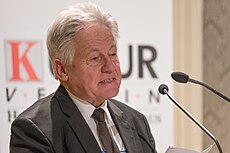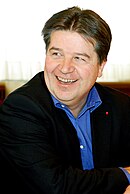
The 2005 Burgenland state election was held on 9 October 2005 to elect the members of the 19th Landtag of Burgenland.
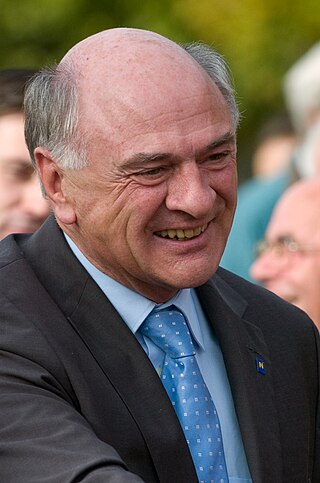
The 2003 Lower Austrian state election was held on 30 March 2003 to elect the members of the Landtag of Lower Austria.

The 2009 Upper Austrian state election was held on 27 September 2009 to elect the members of the Landtag of Upper Austria.

The 2003 Upper Austrian state election was held on 28 September 2003 to elect the members of the Landtag of Upper Austria.

The 2010 Viennese state election was held on 10 October 2010 to elect the members of the Gemeinderat and Landtag of Vienna.

The 2015 Styrian state election was held on 31 May 2015 to elect the members of the Landtag of Styria.

The 2018 Lower Austrian state election was held on 28 January 2018 to elect the members of the Landtag of Lower Austria.

The 2018 Salzburg state election was held on 22 April 2018 to elect the members of the Landtag of Salzburg.

The 2015 Burgenland state election was held on 31 May 2015 to elect the members of the 21st Landtag of Burgenland.

The 2018 Carinthian state election was held on 5 March 2018 to elect the members of the Landtag of Carinthia.

The 2019 Styrian state election was held on 24 November 2019 to elect the members of the Landtag of Styria.

The 2018 Tyrolean state election was held on 25 February 2018 to elect the members of the Landtag of Tyrol.

The 2015 Viennese state election was held on 11 October 2015 to elect the members of the Gemeinderat and Landtag of Vienna.

The 2020 Viennese state election was held on 11 October 2020 to elect the members of the Gemeinderat and Landtag of Vienna. The outgoing government was a coalition of the Social Democratic Party (SPÖ) and The Greens.

The 2014 Vorarlberg state election was held on 21 September 2014 to elect the members of the Landtag of Vorarlberg.
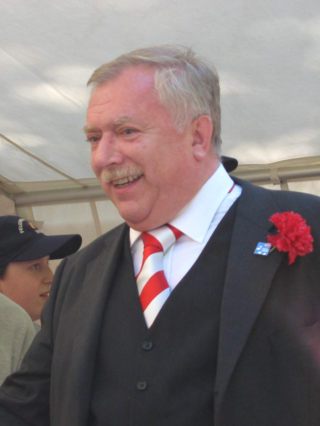
The 2001 Viennese state election was held on 25 March 2001 to elect the members of the Gemeinderat and Landtag of Vienna.

The 2021 Upper Austrian state election was held on 26 September 2021 to elect the members of the Landtag of Upper Austria.

The 2022 Tyrolean state election was held on 25 September 2022 to elect the members of the Landtag of Tyrol. Incumbent Governor Günther Platter of the Austrian People's Party (ÖVP) retired at the election; Anton Mattle was the party's lead candidate.
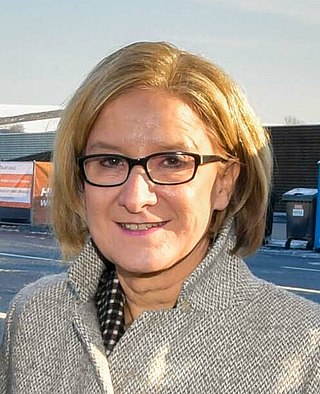
The 2023 Lower Austrian state election was held on 29 January 2023 to elect the members of the Landtag of Lower Austria.
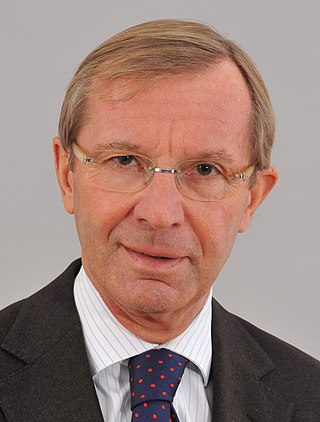
The 2023 Salzburg state election took place in the Austrian state of Salzburg on 23 April 2023. Incumbent Governor of Salzburg, Wilfried Haslauer of the Austrian People's Party, ran for re-election. Following the election, a coalition between ÖVP and FPÖ was agreed on, the first of its kind in Salzburg. It was elected by the newly convened Landtag and sworn into office on 14 June 2023.

